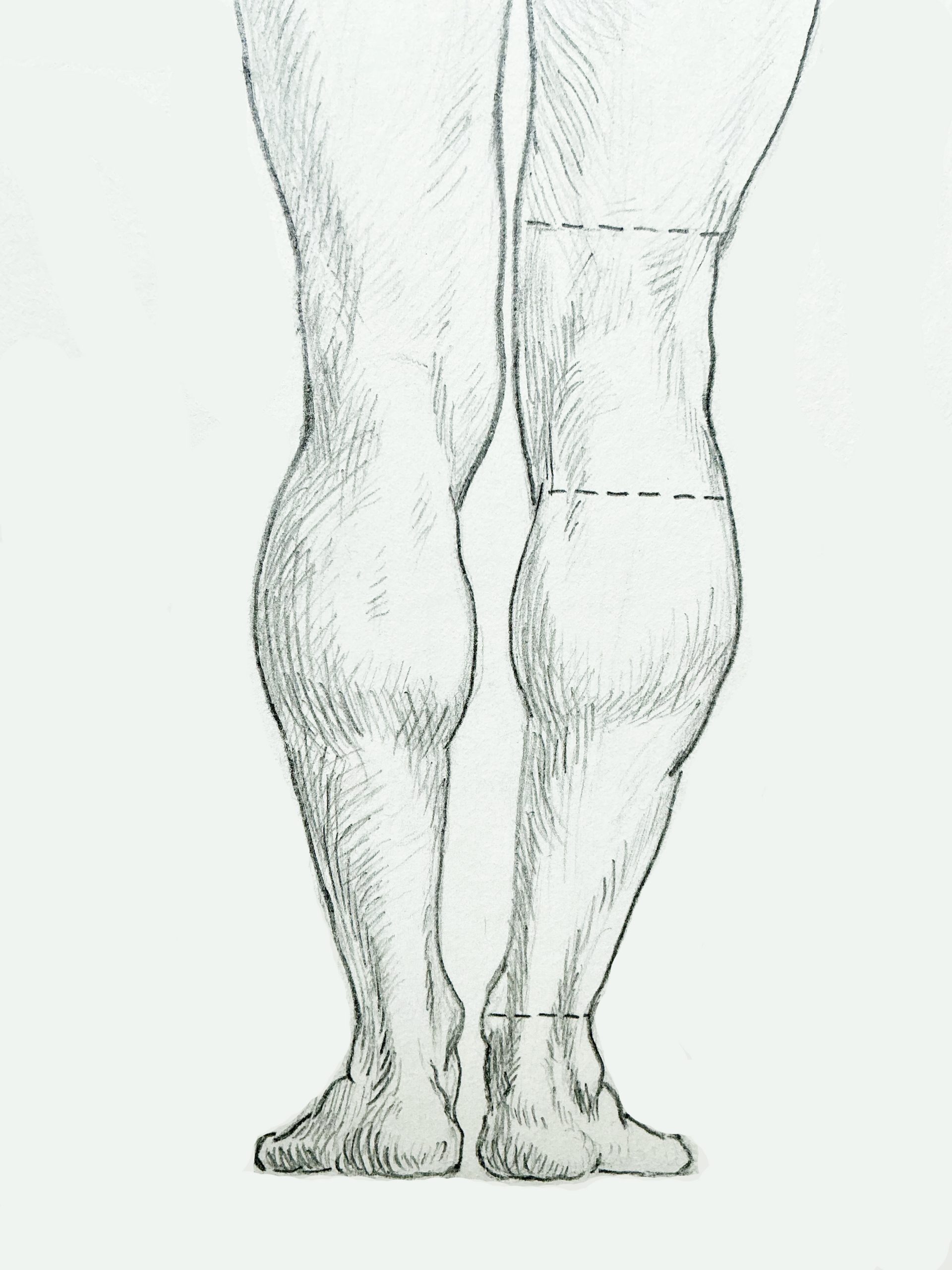Chapter 2 | MODELING
If we were to end up in a world without shadow, it would seem that nothing had any mass. any substance. (Roberto Casati, The Discovery of Shadow, 2004)
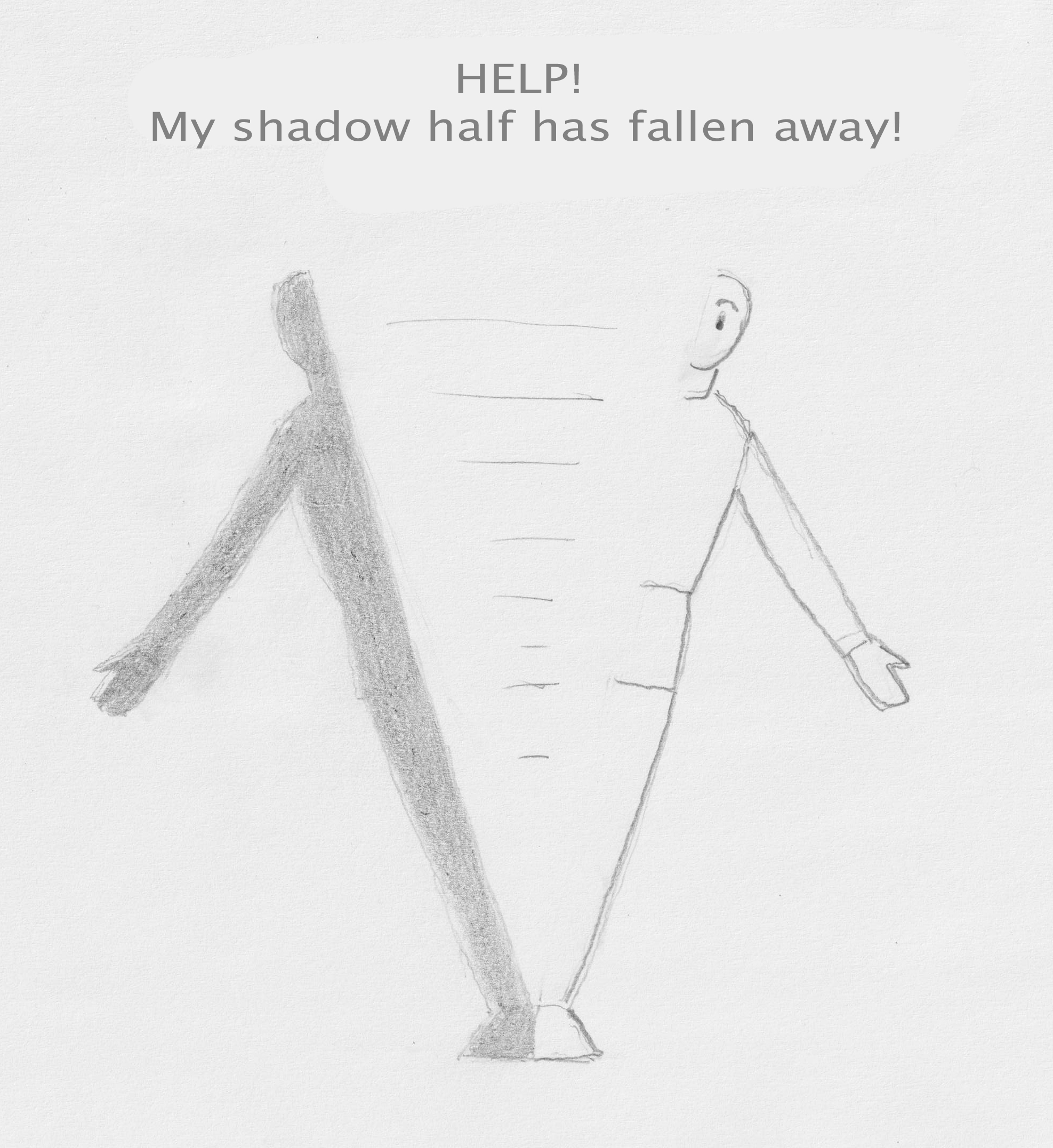
Shadow in drawings and paintings is most of all used to model shapes. This gives them mass and makes them appear three-dimensional instead of flat (image). Modeling also allows you to conjure up curves, folds, convex and concave shapes on paper, just as a sculptor can do by sculpting in clay.
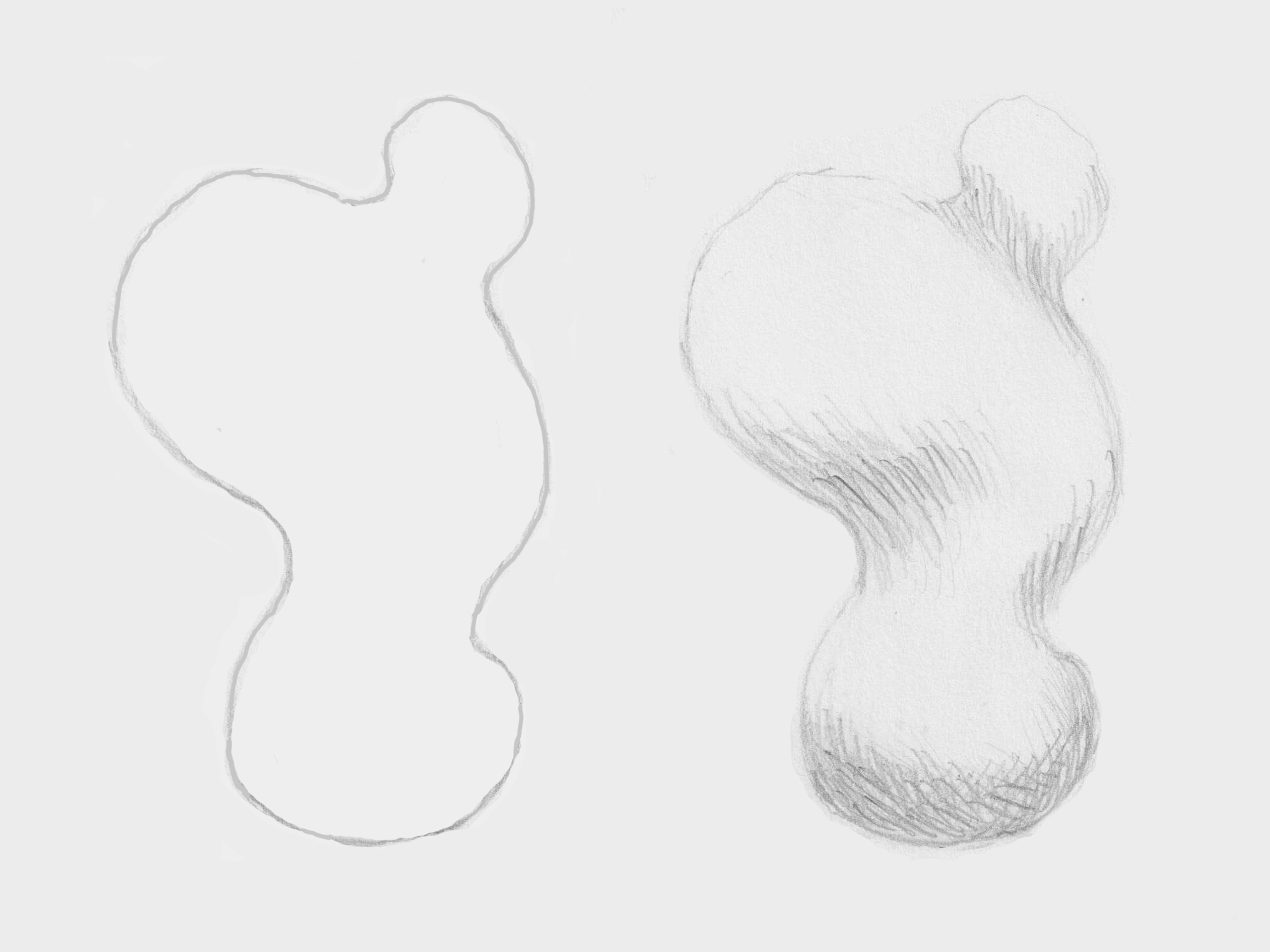
It is good to start practicing modeling with fine lines (hatching). For hatching, see also the lesson Handy Drawing Tips Part 1, Level 1.
Exercise 1: Look at the two vases. In the left vase, the shadow is created by sidelight from the right, and in the right vase by sidelight from the left. Trace both vases. Begin the shadow with light horizontal lines and repeat it a little darker in the same direction (parallel). Keep the outline on the light side “blonder” (lighter).
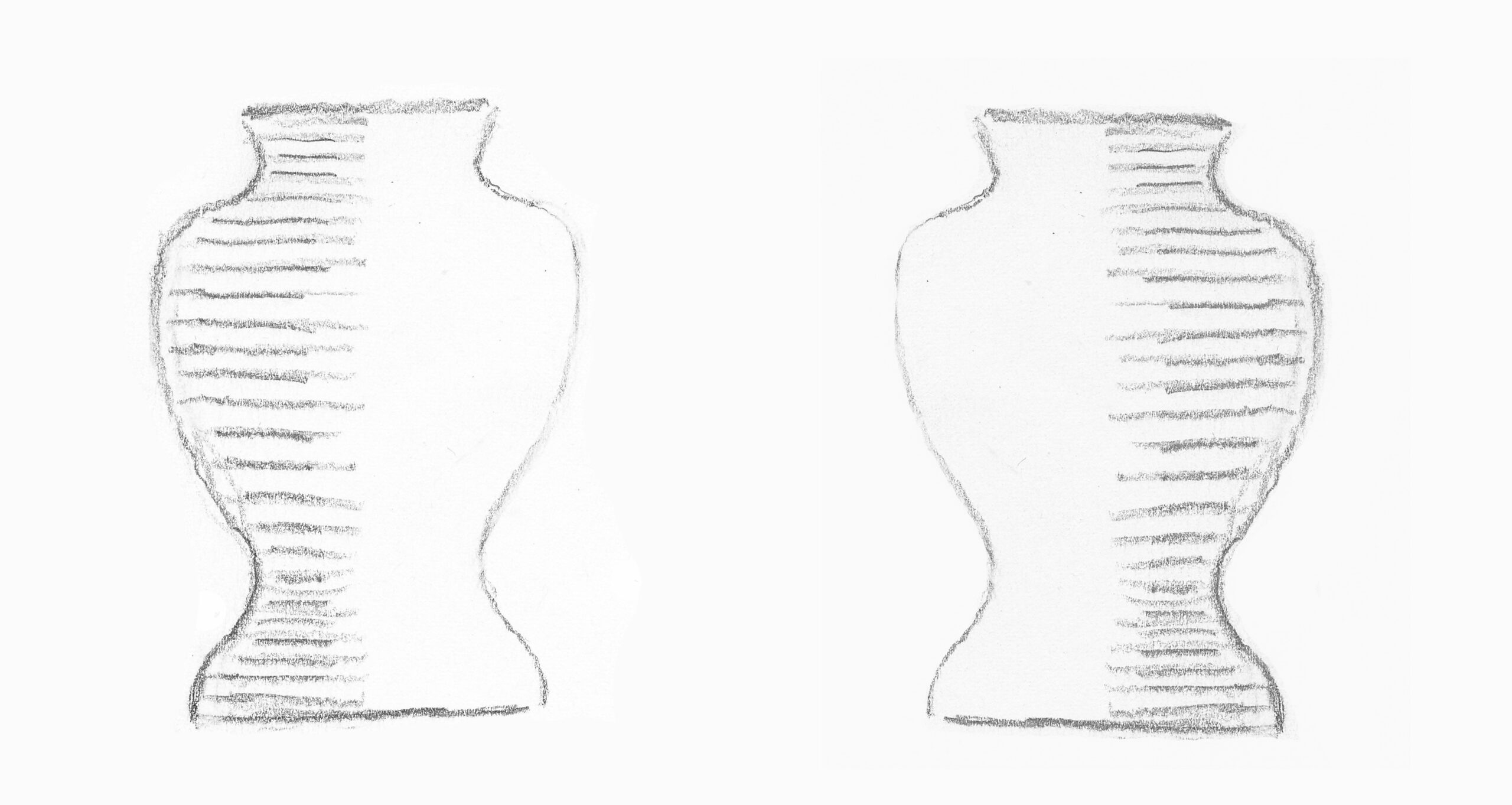
Exercise 2: Draw another vase like this. Again, choose sidelight from either the left or right. This time, model the vase with hatching in different directions, rather than parallel as in exercise 1. Keep the boundary between light and shadow as vague as possible. The darkest part of the shadow is in the center (core shadow), so that’s where you continue for the longest time or where you press a little harder. Experiment with how lightly you can make the outline on the light side (using an eraser) without losing the shape of the vase.
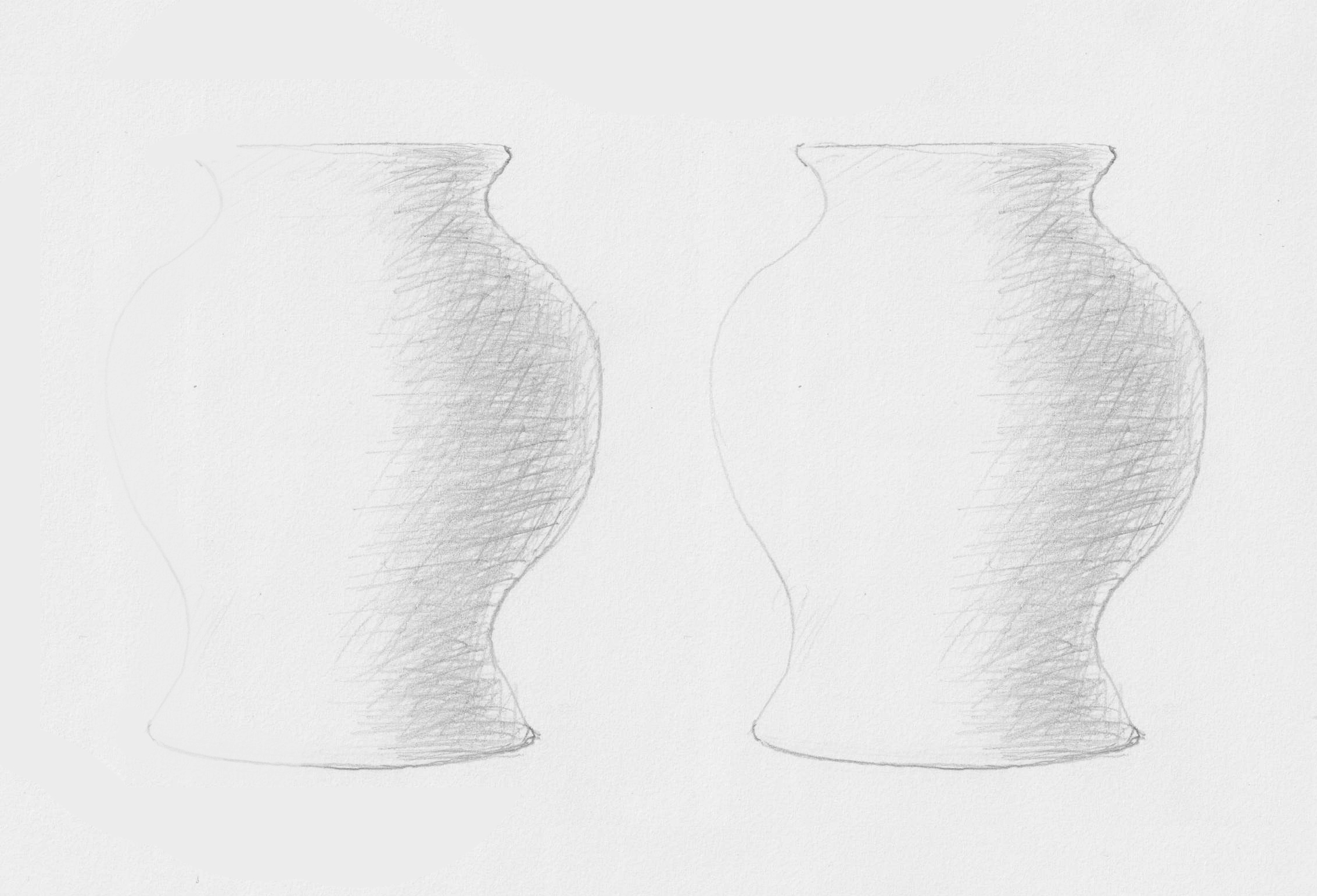
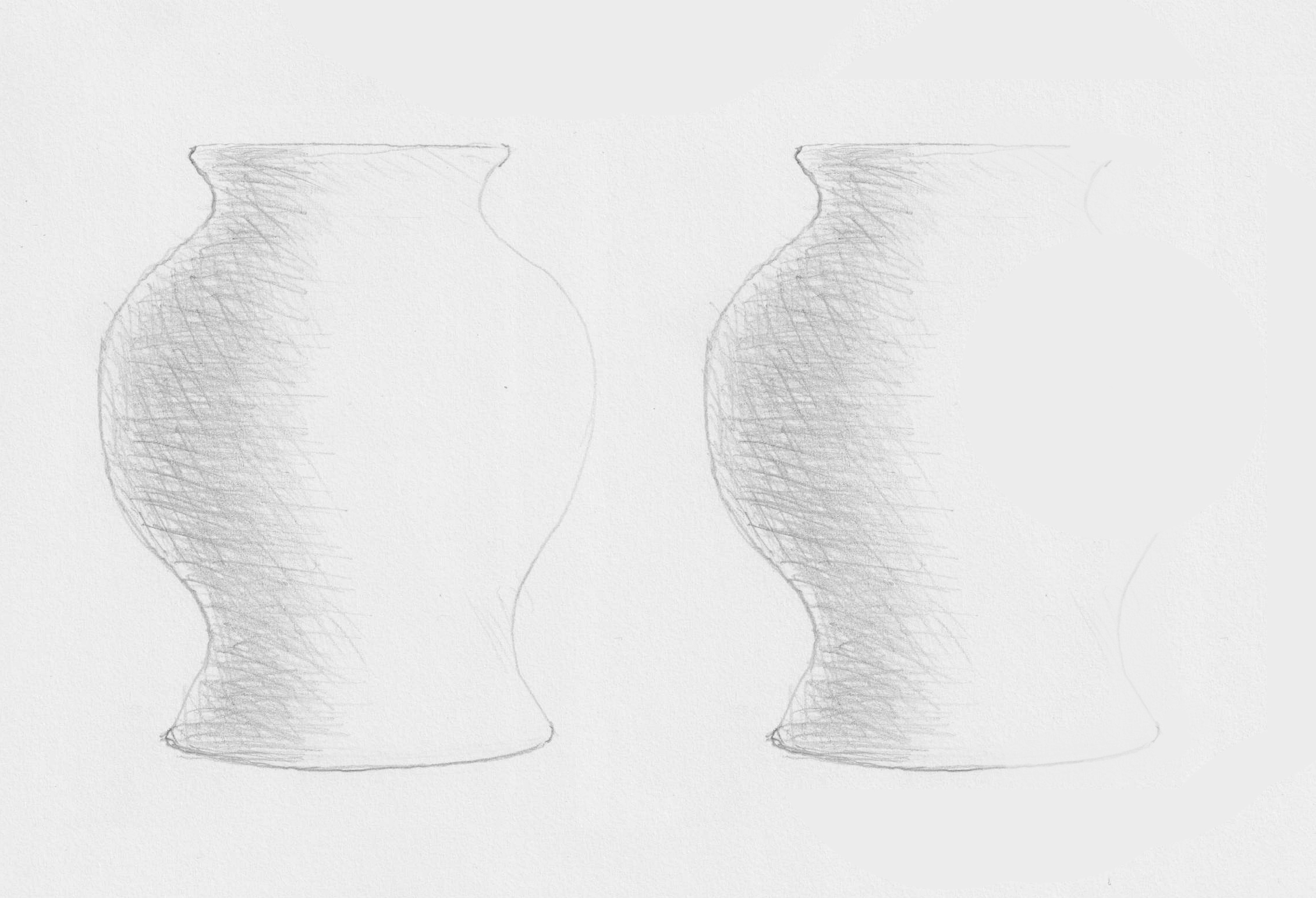
Exercise 3: Model a few of these pistolet sandwiches. Make sure the hatching now follows the curves of the shape. Also, make it look like the hatching starts just around the curve, rather than glued tightly to the outline.
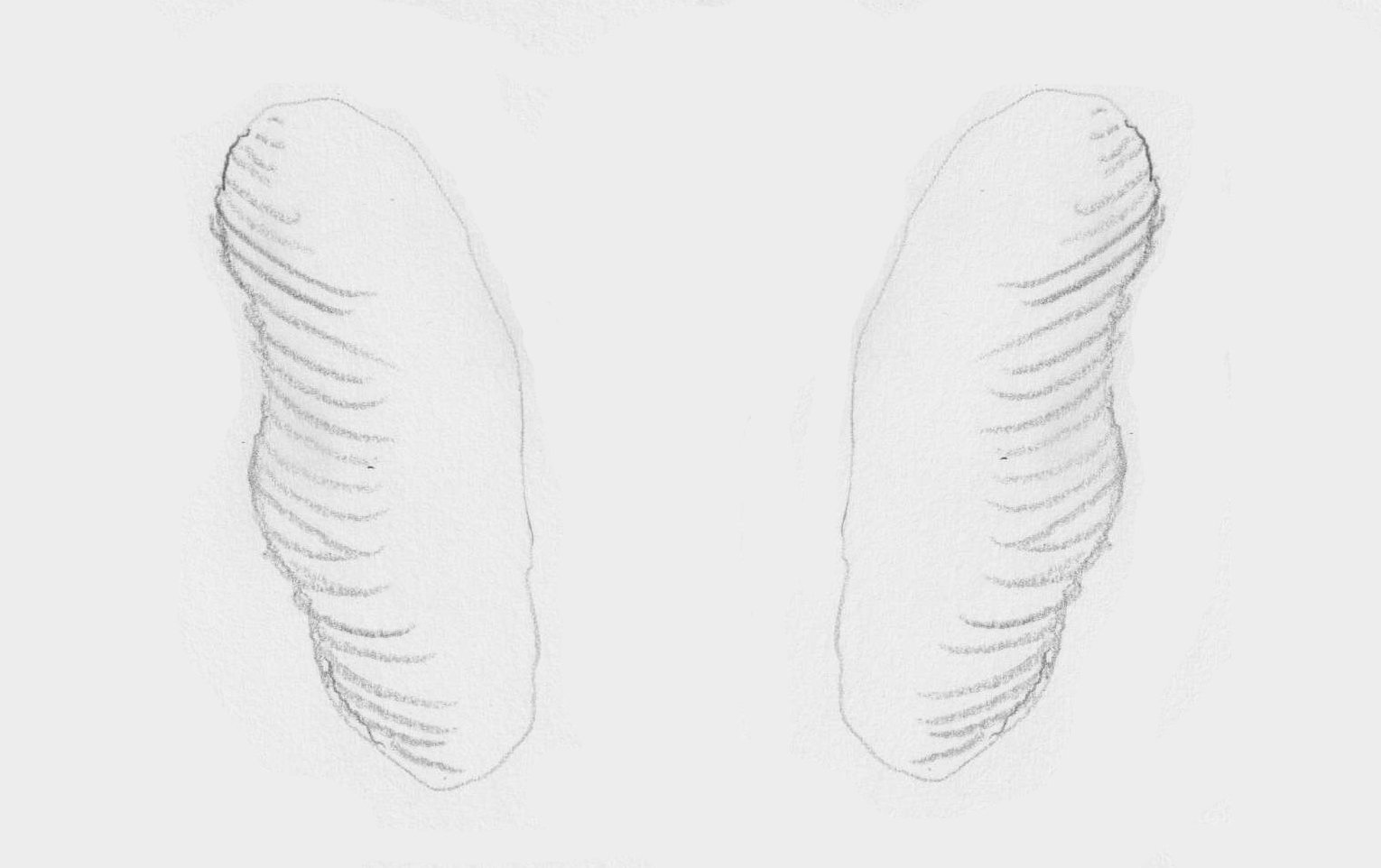

Of course you can also draw shadows/gray tones without hatching lines, using a rounded pencil tip or the side of your pencil tip.
Exercise 4: Give a block and a sphere a shadow side without hatching. Avoid hard lines. Use a 2B pencil or softer. To make the shadow darker, press gradually a little harder.
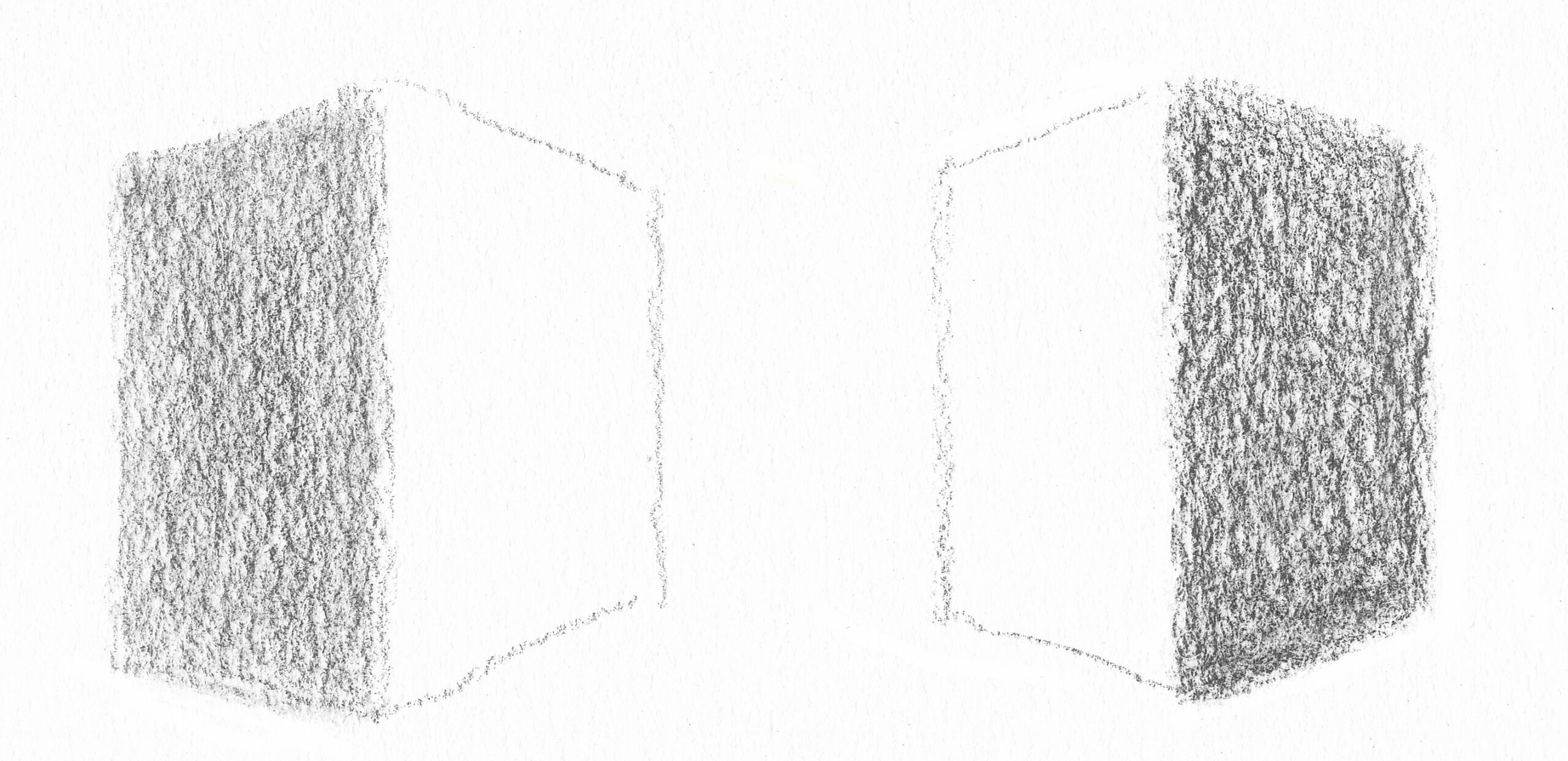
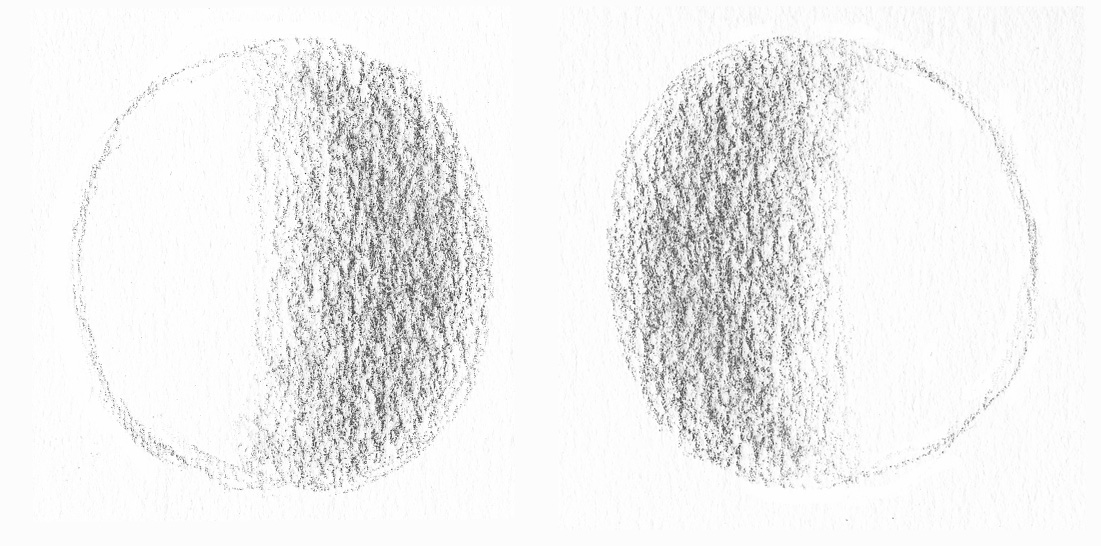
Such a streak-free way of drawing shadows is used, for example, in this circular portrait.
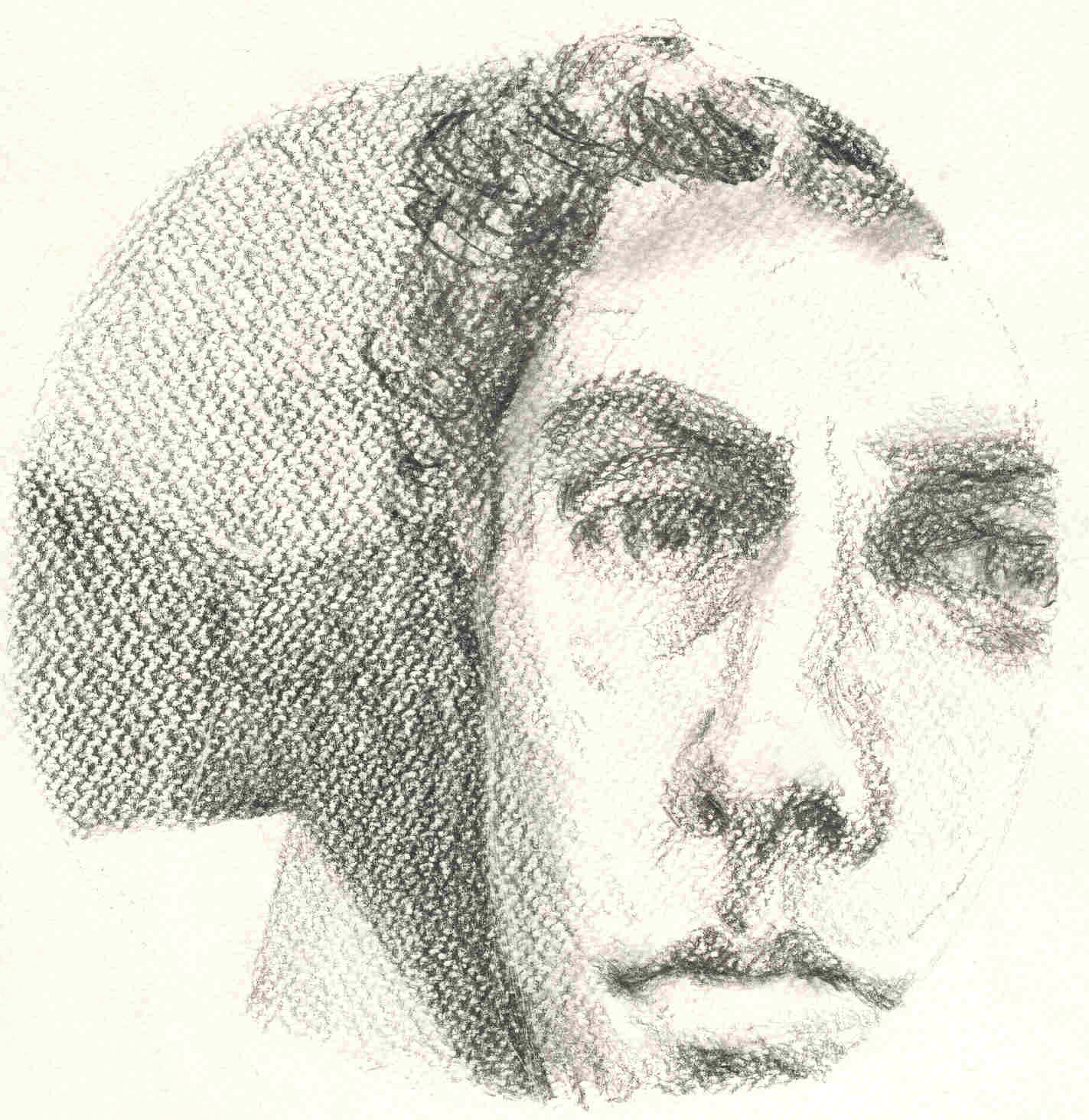
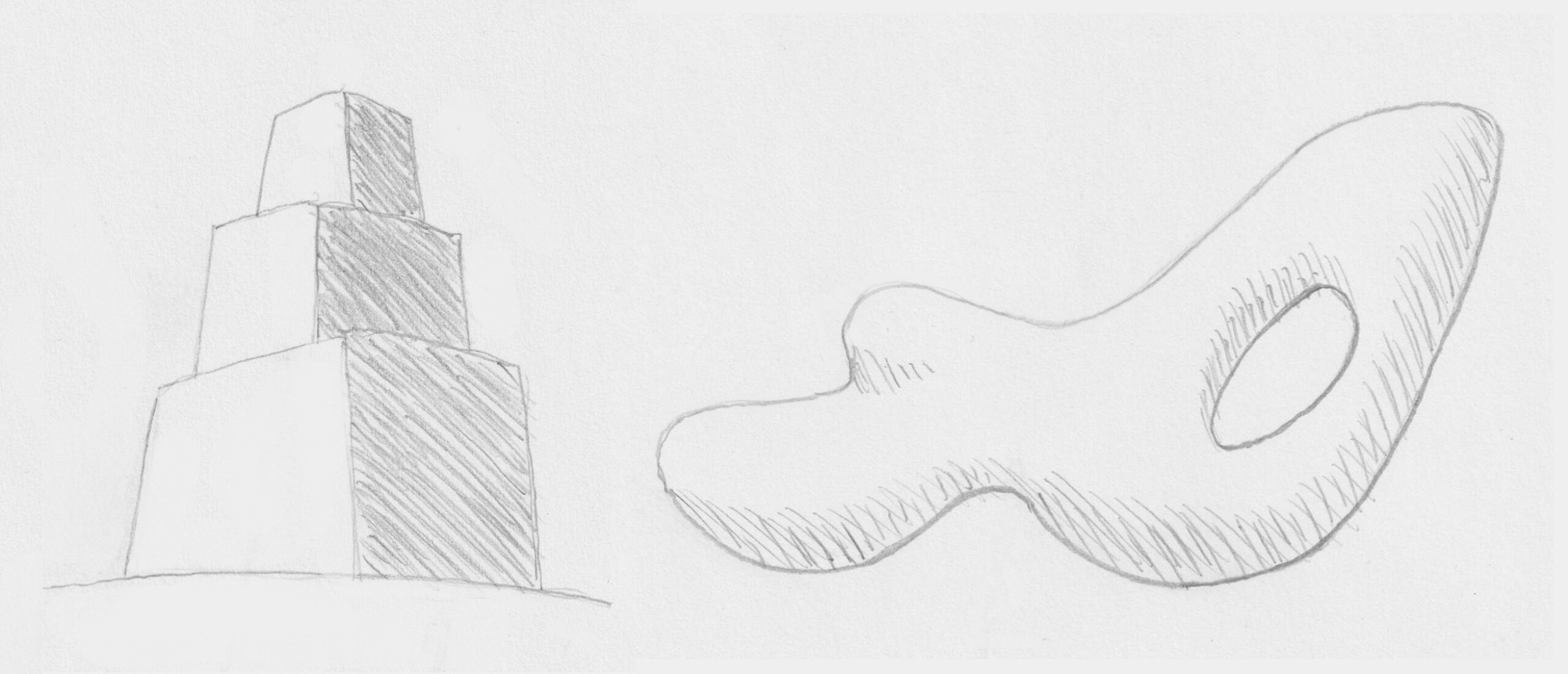
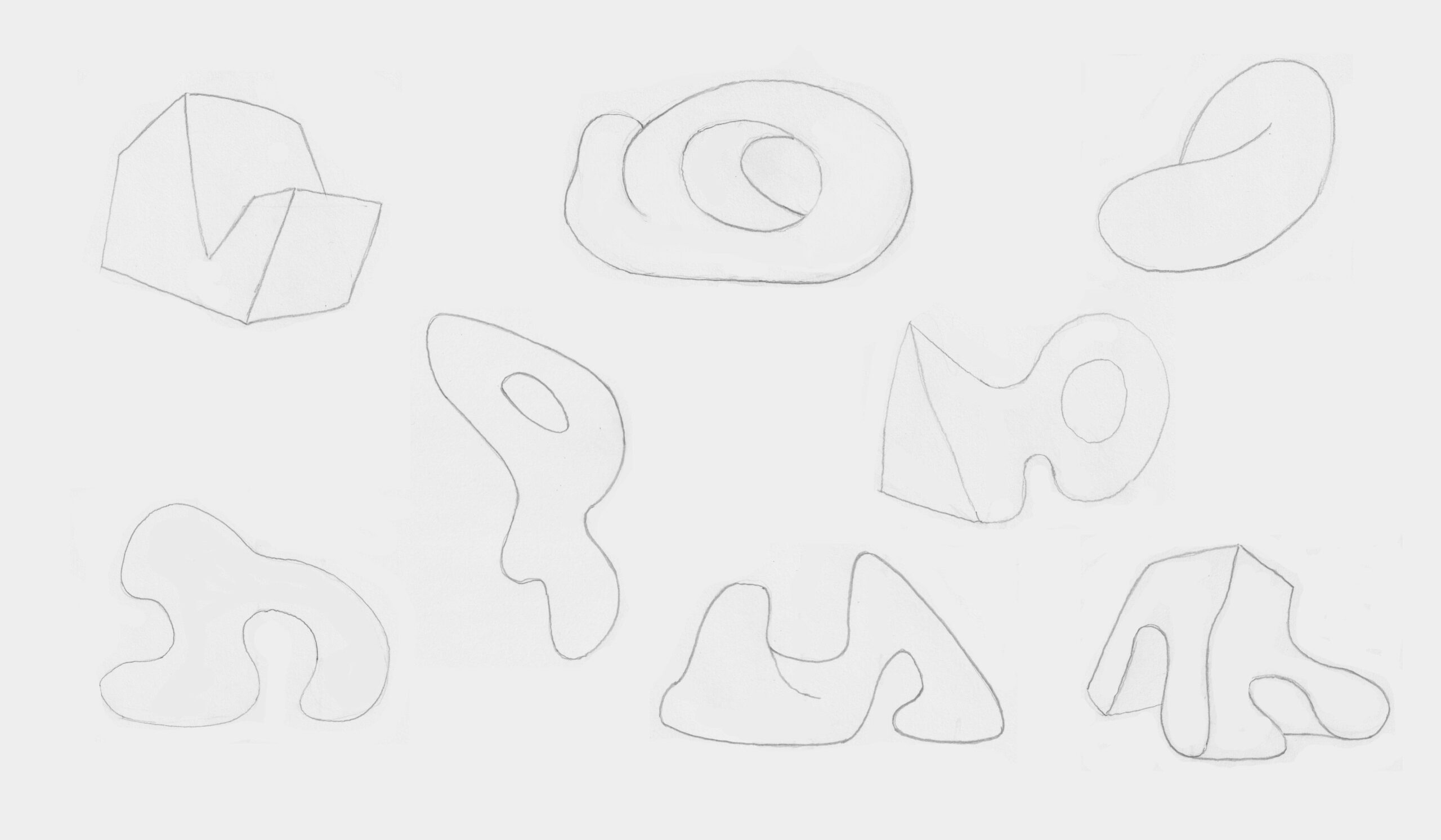
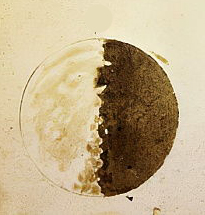
In a drawing of my (at that time) 7 year daughter quietly reading on her bed, I used a lot of modeling with shadows. The folds in the clothes and sheets this way almost resemble a landscape.
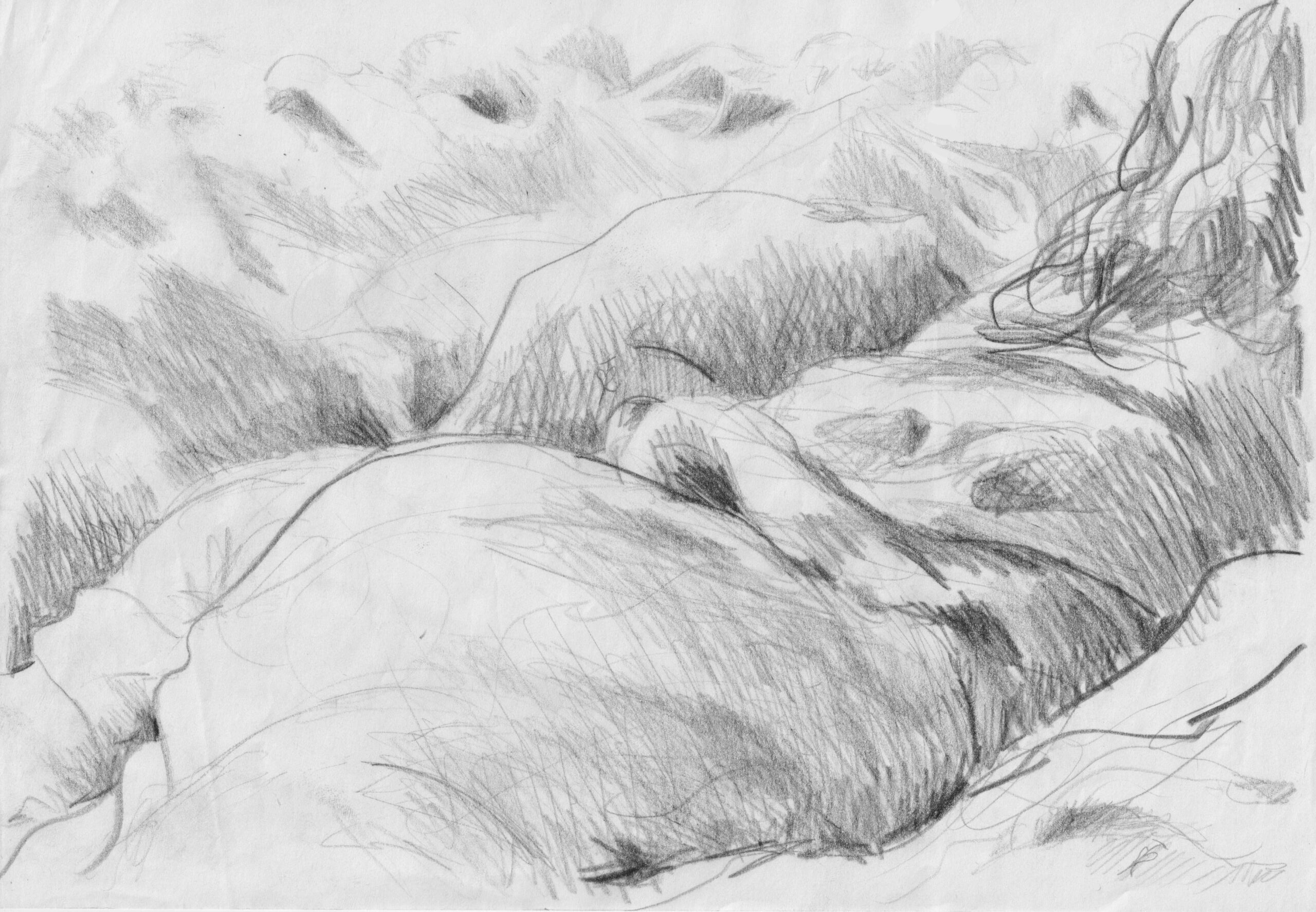
Modeling is also a part of anatomical studies. These studies formed the basis for paintings of people in all sorts of poses for centuries.
